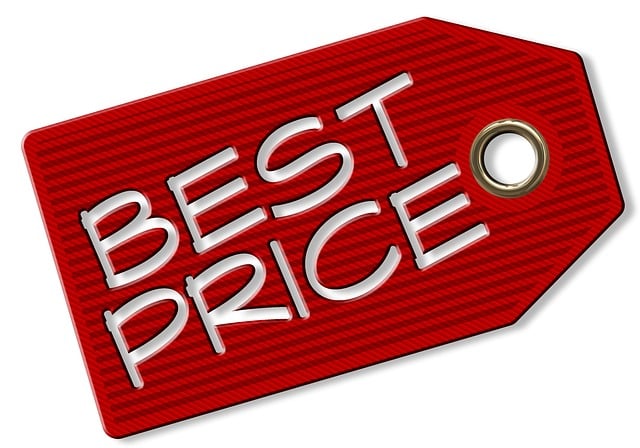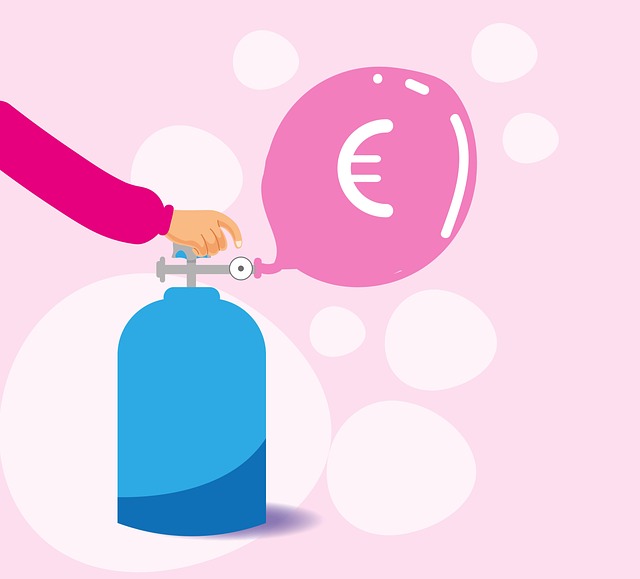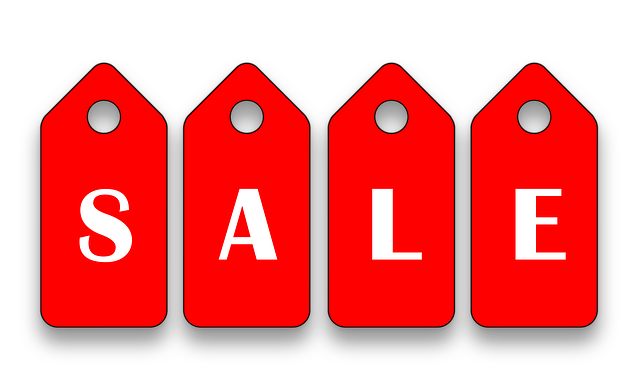Retailers use bundling deals to leverage behavioral economics, increasing perceived value and influencing purchasing decisions. By combining products at discounted rates, companies maximize margins, attract customers seeking multi-feature deals, and differentiate themselves in competitive markets. Bundle pricing manages discounts, drives sales, fosters loyalty, but requires careful consideration of ethical price discrimination concerns based on target audience preferences.
Companies often opt for bundle deals over individual item pricing, a strategy with profound implications on consumer behavior. This article delves into the psychology behind bundling, exploring how it incentivizes choices and influences purchasing decisions. We also analyze cost efficiency and margin maximization benefits, as well as the impact of perceived value versus individual pricing. Understanding these dynamics offers valuable insights into effective pricing strategies in today’s competitive market.
- Psychology Behind Bundling: Incentivizing Choices
- Cost Efficiency and Margin Maximization
- Customer Perceived Value vs. Individual Pricing
Psychology Behind Bundling: Incentivizing Choices

The psychology behind bundling deals is rooted in incentivizing consumer choices and influencing purchasing decisions. By offering items as bundles rather than individually, companies can tap into powerful behavioral economics. One key principle is that people often place a higher value on a product when it’s part of a bundle, even if the individual components don’t necessarily add up to the total price. This is known as the “bundle effect,” where the perceived value increases due to the combination of items. For instance, a coffee shop offering a free pastry with every coffee purchase creates a more appealing proposition than selling them separately.
This strategy leverages various price theory fundamentals and consumer behavior insights. It takes into account budgeting and pricing in projects, as bundles allow customers to allocate their budget across multiple items while still achieving cost savings or perceived value. Moreover, when faced with bundled deals, consumers often experience cognitive dissonance if they feel they’re getting a better deal elsewhere. As a result, they are more likely to make the purchase to avoid the discomfort of potentially missing out on a good offer. So, when setting retail prices and crafting bundle deals, companies can tap into these psychological triggers to drive sales and enhance customer satisfaction. Give us a call at [your company] for expert insights on optimizing pricing strategies.
Cost Efficiency and Margin Maximization

Many companies opt for bundle deals over individual item sales due to compelling reasons centered around cost efficiency and margin maximization. By combining products or services into packages, businesses can offer discounted rates that would be difficult to achieve through separate pricing structures. This strategy leverages economies of scale, where the cost per unit decreases as volume increases. For instance, a software company might bundle cloud storage with their subscription service, attracting customers who value both features at a lower overall price than purchasing them separately.
Furthermore, bundle pricing presents advantages in competitive markets. A competitive analysis for pricing reveals that bundling can level the playing field against competitors who offer similar products as standalone items. It allows companies to differentiate themselves and maintain or increase market share. However, the ethics of price discrimination, where different customers pay varying prices for identical goods, must be carefully considered. Ultimately, businesses need to balance these strategies, especially in budget-conscious sectors, by understanding their target audience and the value they perceive from bundled offerings, such as finding us at budgeting and pricing in projects.
Customer Perceived Value vs. Individual Pricing

In the realm of retail, a common strategy employed by companies is to offer bundle deals instead of individual items. This approach aligns with an understanding of consumer psychology and behavior, specifically focusing on the concept of customer perceived value. When consumers view products as offering more significant benefits or savings when purchased together, they tend to be more attracted to bundled offers. This perception of value can significantly influence purchasing decisions, often outweighing the individual prices of components.
Bundle pricing advantages extend beyond merely appealing to customers’ senses of value. It also plays a pivotal role in discounts and promotions management. Companies can strategically manage their marketing efforts by offering bundles during specific sales periods or as limited-time promotions. Moreover, price changes and consumer behavior are closely intertwined; bundled deals can encourage purchases that may not have occurred if items were sold individually, providing businesses with a powerful tool to drive sales and foster customer loyalty. To deepen your understanding of these principles, consider visiting us at Price Theory Fundamentals anytime.
Companies often opt for bundle deals as a strategic pricing approach that leverages psychological insights and cost-efficiency. By offering bundled packages, businesses can enhance customer perceived value, incentivize purchases, and maximize margins. This strategy taps into consumers’ natural tendency to seek choices and saves them time in decision-making, making it a win-win for both parties. In today’s competitive market, understanding the psychology behind bundling is essential for pricing strategies that drive sales and foster customer satisfaction.
